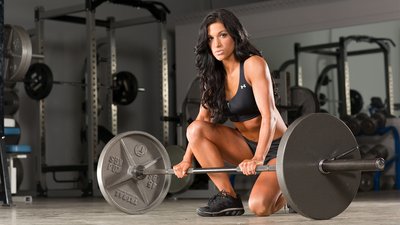There are so many self-appointed experts with unreliable information online that it's no wonder people, especially women, feel confused about whether resistance training is the best thing in the world—or the worst.
Let's separate fact from fiction so you can feel good about what you're doing and make steady progress toward your fitness goals. Here are four common myths and misconceptions about weight training.
Myth 1: Lifting Weights Will Make Me Bulky
Every time I think this myth has been debunked, it rears its ugly head again. So I'm going to continue repeating this until I stop hearing it around the gym or on the internet: Lifting weights doesn't make you bulky.
Why not? It's pretty simple: Women don't produce nearly enough testosterone to bulk up. In fact, men have 15-20 times more testosterone than women, and it still takes them years of heavy training and proper nutrition to gain muscle.[1] It takes most women even longer.
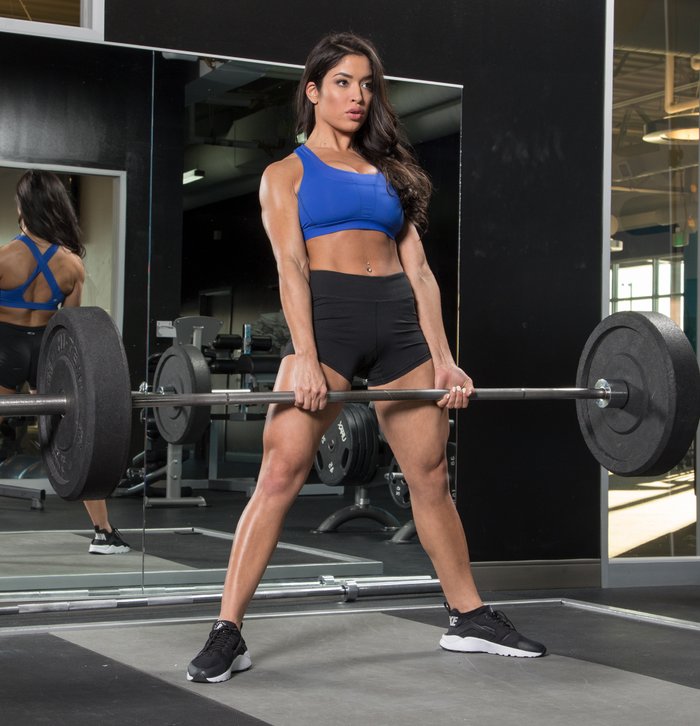
If you're new to lifting, you will likely see improvements more quickly than if you've been doing it for a while. But don't worry that your arms and legs will suddenly blow up after a few sets of squats and bicep curls; it's not going to happen. If you've been lifting for 3-6 months and are feeling "bulkier," I'm afraid it's probably due to a poor diet and increased body fat, not an increase in muscle size.
That said, you can build whatever physique you desire, and it doesn't matter what anyone else thinks—as long as you feel good. What one person sees as "bulky" or "too muscular," another may see as "just right." What others think about you is irrelevant. You do you!
Myth 2: Spot Reduction Works
"I’m having a hard time getting rid of belly fat."
“I can’t seem to get rid of these love handles."
“I want to target fat loss on my inner thighs, lower back, stomach, etc."
“I can’t seem to get rid of these last 10 pounds."
I hear this stuff all the time from my clients, around the gym, and basically everywhere I go.
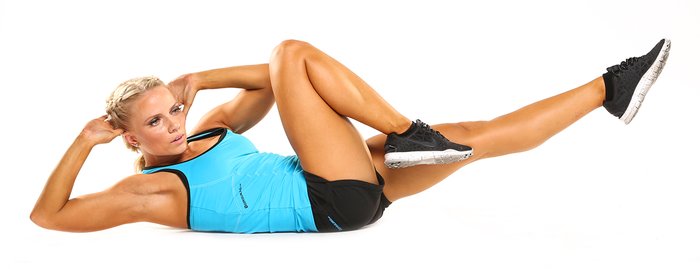
All of us have little trouble areas, usually the belly, lower back, and our inner or outer thighs. Like a bad dinner guest, body fat just loves to arrive and hates to leave.
An apparent inability to lose fat in these areas can be frustrating, especially if you've made significant progress in other parts of your body. Maybe you've heard about "spot reduction," where you can carefully target fat loss for specific areas of your body. Unfortunately, targeted fat loss is not scientifically possible.[2,3]
However, you can reduce the visual impact of these areas by reducing your overall body fat and increasing your muscle size. Dieting affects your overall body fat, so it can help diminish your trouble areas. You can also do exercises designed to build muscle in your trouble areas. Just don't believe anything that promises spot reduction. It doesn't work.
Myth 3: I'm Working out, so I Can Eat Whatever I Want
As much as I would love to be able to eat whatever I want, I know it doesn't work that way. Sure, you burn calories from working out, but not nearly enough to compensate for gobbling down whatever strikes your fancy. That's not to say that you can't enjoy the foods you love, or indulge in the occasional treat. You just need to use restraint.
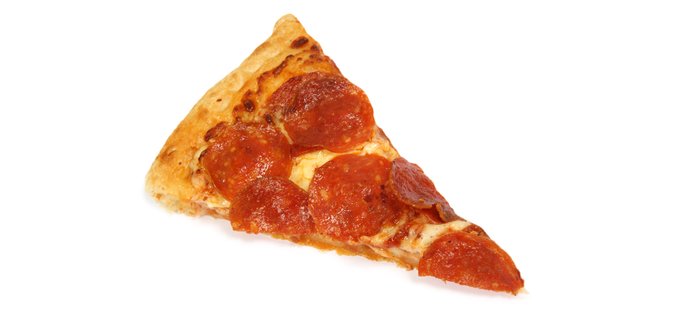
If you screw up and go a bit overboard with the dessert, forget about it and move on. Don't try to compensate by doing extra cardio, because it isn't going to work, and "punishing" yourself only perpetuates unhealthy relationships with food and exercise.
Myth 4: I'm Not Losing Weight, so My Program Isn't Working
While scale weight can be one indicator of progress, it shouldn't be your only gauge. In fact, scale weight can be downright deceiving. If you're lifting weights, you're probably adding lean mass. This could make your weight on the scale go up even if you're actually losing body fat. The good news is you can look leaner and more muscular—even if the scale says you're gaining weight.
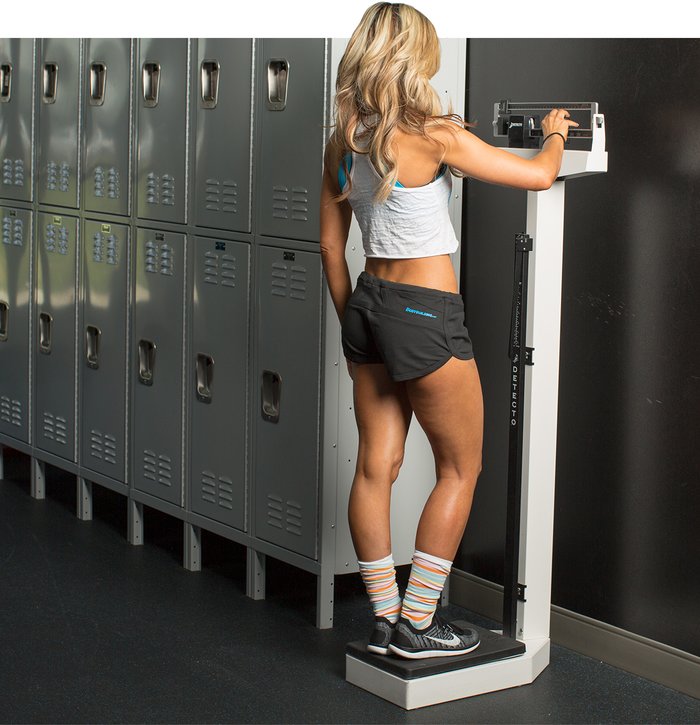
Here are some better ways to measure your progress:
- Strength and progress in the gym: Are you getting stronger? How are your energy levels in the gym?
- Progress pictures: Small, daily changes in your physique can be easier to see in pictures. Plus, you'll have visual documentation of how far you've already come.
- How your clothes fit: This might be the most telling indicator on the list. Are your clothes looser at the waist? Are your jeans feeling a bit tight on the glutes?
- Your measurements: What does it mean if the scale is slowly going up, but your waist measurements are staying the same? It probably means you're adding lean mass, not body fat. This is great news that you'd never get from just a scale.
- DEXA/Bod Pod tests: DEXA scans are considered multicompartment body-composition tests. They'll tell you how much of your total body weight is lean mass (muscle), body fat, and even bone density. It can even break these measurements into different parts of your body. While these tests used to be quite expensive and hard to find, more companies are offering affordable (and even mobile) options.
The Bod Pod test will determine your body-fat percentage but not localized body-fat estimates or bone density.
There's nothing wrong with using your scale, as long as it's not the only tool you use. Keep in mind that the readings can fluctuate based on hormone levels, stress, hydration, and many other factors. So don't get wrapped up in what the scale reads from day to day.
References
- Earle, R. W., & Baechle, T. R. (2000). Resistance training and spotting techniques. Essentials of Strength Training and Conditioning, 2, 343-394.
- Ramírez-Campillo, R., Andrade, D. C., Campos-Jara, C., Henríquez-Olguín, C., Alvarez-Lepín, C., & Izquierdo, M. (2013). Regional fat changes induced by localized muscle endurance resistance training. The Journal of Strength & Conditioning Research, 27(8), 2219-2224.
- Vispute, S. S., Smith, J. D., LeCheminant, J. D., & Hurley, K. S. (2011). The effect of abdominal exercise on abdominal fat. The Journal of Strength & Conditioning Research, 25(9), 2559-2564.

